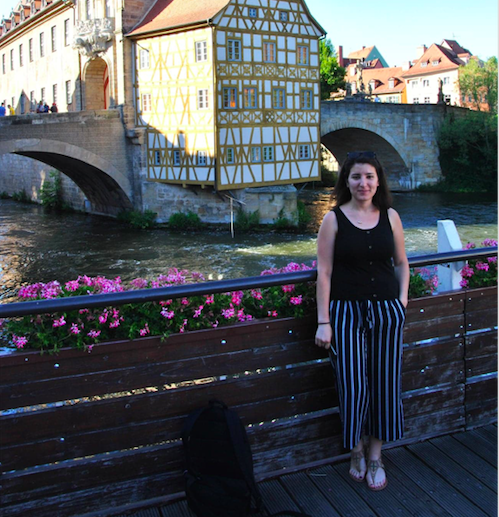Downlink performance of dense antenna deployment: To distribute or concentrate?
Published in the 28th Annual International Symposium on Personal, Indoor, and Mobile Radio Communications, Montreal, Canada, 2017
Mounia Hamidouche, Ejder Bastug, Jihong Park, Laura Cottatellucci, Merouane Debbah
Abstract
Massive multiple-input multiple-output (massive MIMO) and small cell densification are complementary key 5G enablers. Given a fixed number of the entire base-station antennas per unit area, this paper fairly compares (i) to deploy few base stations (BSs) and concentrate many antennas on each of them, i.e. massive MIMO, and (ii) to deploy more BSs equipped with few antennas, i.e. small cell densification. We observe that small cell densification always outperforms for both signal-to- interference ratio (SIR) coverage and energy efficiency (EE), when each BS serves multiple users via L number of sub- bands (multi-carrier transmission). Moreover, we also observe that larger L increases SIR coverage while decreasing EE, thus urging the necessity of optimal 5G network design. These two observations are based on our novel closed-form SIR coverage probability derivation using stochastic geometry, also validated via numerical simulations.
